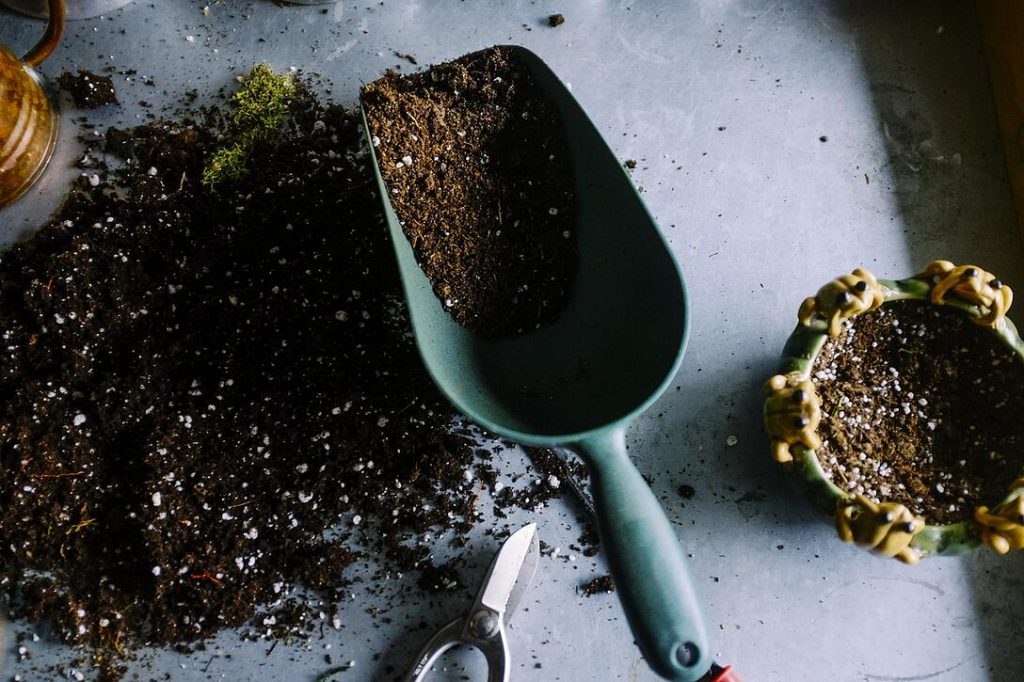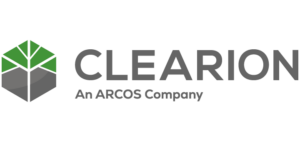Posted by Madelyn Mateo
Clearion, Scientists, and Vegetation Managers Join Forces to Help Pollinators Thrive.

Purple loosestrife, reed canary grass, and kudzu are just a few of the invasive plant species that wreak havoc on the utilities and roadways that occupy right-of-way lands. The weeds are so troublesome that subject matter experts at the International Society of Arboriculture and the Utility Arborist Association created a Best Management Practices Guide for workers to use as a reference for managing them.
The guide outlines methods that will have the least impact to the surrounding natural environment and also to the people doing the work. You may be thinking, what does this have to do with pollinators and why should I care? Hang with me while I try to explain….
It turns out that there are many different ways that a right-of-way owner might interpret the best practices. The most common way to manage encroaching vegetation (aka weeds) is to physically remove the grasses, vines, and trees by mowing or cutting them down so that they won’t interfere with power lines or roadways. Another common approach is to apply herbicides. Vegetation managers view herbicides as a highly efficient and beneficial practice, but there exists a misconception that they are unsafe and not effective. In fact, there are studies, as well as first-hand observations by right-of-way owners, supporting the idea that when invasive exotic plants are treated or controlled, the native flowering pollinator species thrive and provide a rich habitat for wildlife. If the vegetation is left alone, the invasive exotic plants take over, providing only one food source and decreasing the pollinator diversity. Despite the evidence, it has been a challenge to convince the general public of the benefits of targeted herbicide application. Recently, the herbicide industry and the applicators have also begun to understand that a concentrated and excess use of an herbicide leads to more resistant weeds, and the products stop working. Researchers are now working with herbicide developers to come up with right-of-way herbicides that manage the invasive exotic plants but have minimal impact to the natural environment. Progress is underway.
Another challenge for applicators is the need to report herbicide use (for compliance purposes) using the paper-based reporting systems that they have used for years. There has been a significant disconnect between the data collected in the field on stacks of paper and the need for quality assessment and comparative analyses. When someone asks for a report on how vegetation in a specific area was managed three years ago, the search begins and it can take days to find and organize the information. Talk about needing to get out from under the weeds –metaphorically this time! That is where Clearion comes in to collect the data from the field in exact measurements using new technologies that provide the name of the applicator, herbicide mix, amount of herbicide, exact date and time of application. That information, delivered in real time straight onto a digital dashboard, allows managers to understand exactly what herbicide is being applied, how much, and by whom. This also allows the right-of-way owners to comply with required reporting regulations. In addition to providing the tool for data collection and analytics, Clearion is also collaborating with professors from universities who are conducting herbicide research and trials with the herbicide companies. Together they are finding the best solutions and practices for managing incompatible vegetation species with the least impact on the environment.
Pine City Consulting (PCC), composed of professors and experienced ROW managers, is currently working with Clearion to provide guidance on the most scientifically and environmentally current best-management practices. They are excited to be able to conduct field research using Clearion tools to understand with detail and precision how the application of an herbicide impacts a selected plant species. With that information in hand, right-of-way owners can better manage their land by selecting the most efficient and effective herbicide. PCC explained that historically they have worked with the right-of-way owners (GDOT) to evaluate 30 plus wildflower species planted at different times along the Department of Transportation right of way. In looking at the results, they found that the black-eyed Susan, indiangrass, lance-leaf swamp milkweed, and wild bergamot are the plants most able to survive the high-stress environment adjacent to roads and highways. Knowing what plants are the most viable in a location along with expert advice about how to treat exotic invasives ultimately leads to increased pollinator habitat. Once the wildflowers are established and protected the right-of-way-lands typically require less mowing and other maintenance. Overall it’s a win-win for the right-of-way owners, the pollinators, and the public. But maybe not so much for the weeds!
